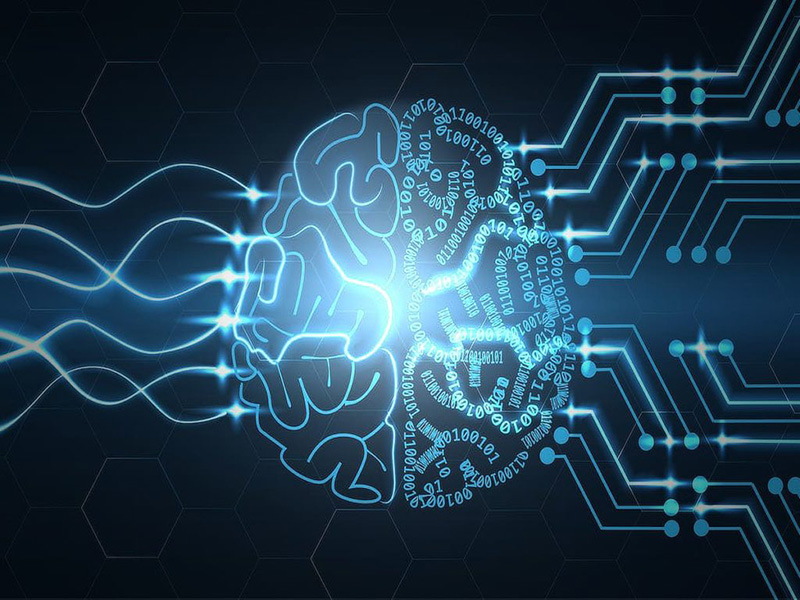Man + machine: union makes strength
Artificial intelligence is not about to replace humans, quite the contrary. People and algorithms can do much more together than they can do alone.
In modern manufacturing, where customization and personalization are key aspects, inflexible approaches are no longer acceptable. For this reason, in most factories around the world today, many binary grading (i.e., good/bad selection) activities are performed manually, by human inspectors who watch each manufactured product to carefully inspect it for defects. Regardless of the inherent economic value of the item-from cheap food to high-end smartphones-visual inspection performed by humans is often a key part of any company’s quality control strategy. In fact, more than 50 percent of all quality control in the world is still performed by flesh-and-blood people.
We humans possess an excellent ability to perform classifications. A quick glance at a basket full of apples, for example, and we can immediately distinguish healthy apples from damaged ones, or red apples from green apples, etc. The simplest form of classification is binary classification: yes or no. Binary classification answers questions such as “Is this apple good?” In the manufacturing industry, the application of binary classification becomes indispensable because it answers the basic question, “Is this product manufactured according to specifications?” Detecting defects is not an easy task and is influenced by many factors, such as the training and turnover of operators, their experience, the health of their eyes, and their skills.
If people have their limitations, even “traditional” computer vision has had quite a few difficulties in classifying goods and products, and for good reason: classification is a very complex function to program. It requires a product expert to work alongside a computer vision specialist to formally write down all the rules-that is, to identify all the features needed to distinguish a “good” object from a “not good” object. More importantly, the program thus carefully crafted must be further modified and corrected every time the objects to be classified change even slightly.
Deep learning overcomes all the limitations of rule-based computer vision and offers new scenarios for human-machine collaboration. The idea is simple: assist quality control operators by placing cameras and monitors next to their workstations. Objects to be inspected, moved automatically or manually by the operators themselves, are scanned by vision systems and presented on monitors. Here, critical areas are highlighted on the images of the objects with all defects detected by artificial intelligence. It is then up to the operators to check the area of the detected defect and confirm or not its presence and thus make the final good/bad decision.
The advantages of this approach are many, and come from combining the strengths of the two components: the experience and judgment of the human being and the objectivity and efficiency of deep learning. In this human-machine vision system, the tool does not replace the human operator but enhances the human operator’s capabilities, with benefits that accrue to people, work quality, and production.


